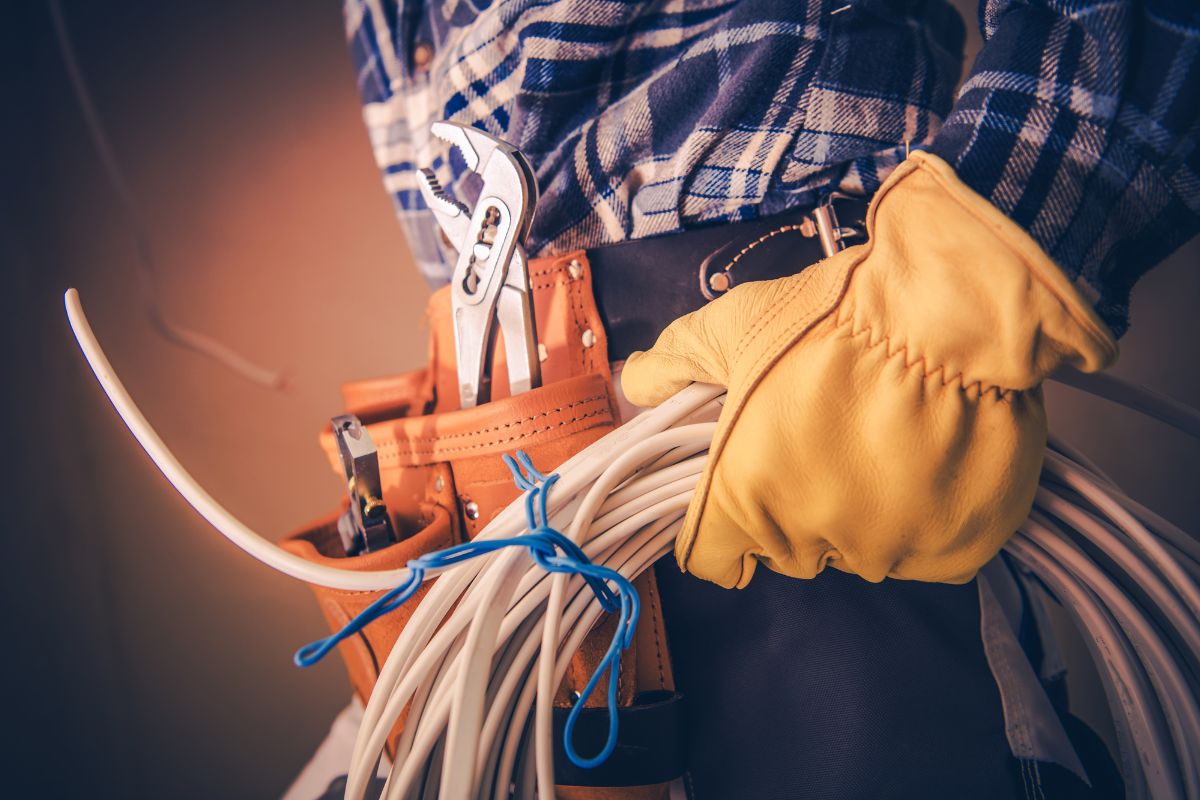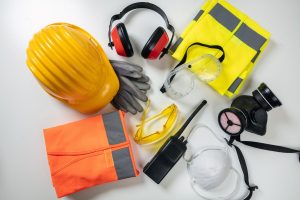electrical infrastructure is constantly evolving, but unfortunately, older wiring systems and improper practices can lead to numerous electric cable problems. These can range from minor inconveniences to serious safety hazards, posing a risk to your property and loved ones.
This article delves into the 15 most common electric cable problems encountered, along with crucial information and solutions to help you address them effectively.
15 Most Common Electric Cable Issues and Their Solutions
- Overloaded Circuits: This occurs when too many appliances share the same circuit, exceeding its capacity. Symptoms include flickering lights, tripping breakers, and wire overheating, potentially leading to fires.
- Solution: Consult a qualified electrician to assess your circuit load and distribute appliances accordingly.
- Damaged Insulation: Heat, moisture, and rodents can gnaw away at the protective insulation on cables, exposing live wires. This poses a severe electrocution hazard.
- Solution: Regularly inspect for visible damage and immediately replace any cables with compromised insulation.
- Loose Connections: Over time, connections at outlets, switches, and junction boxes can loosen, leading to arcing, sparks, and potential fires.
- Solution: Tighten loose connections using a screwdriver (ensuring power is off!) and consider replacing worn-out outlets and switches.
- Substandard Cables: Using cheap, electric cables that need to meet safety standards can be disastrous. These cables often lack proper insulation, are prone to overheating, and may not handle the required current.
- Solution: Only purchase electric cables from reputable brands that comply with Safety Standards (PSS).
- Grounding Issues: Proper grounding is vital for safety, directing excess electricity away from the circuit in case of faults. Faulty grounding can cause shocks and equipment damage.
- Solution: Ensure all outlets and appliances are properly grounded, and consult an electrician if unsure.
- Aluminum Wiring: Older homes may have aluminum wiring, which is more susceptible to overheating and loose connections than copper.
- Solution: Consider replacing aluminum wiring with copper for long-term safety and improved efficiency.
- DIY Electrical Work: Attempting electrical repairs without proper training can be extremely dangerous and lead to severe accidents.
- Solution: Always hire qualified and licensed electricians for any electrical work in your home.
- Extension Cord Overuse: Relying heavily on extension cords can overload circuits and create tripping hazards.
- Solution: Use extension cords sparingly and for temporary needs only. Invest in additional outlets if needed.
- Improper Splicing: Joining wires using electrical tape instead of proper connectors is a fire hazard.
- Solution: Only use approved connectors suitable for the wire gauge and amperage rating.
- Outdated Electrical Systems: Homes built decades ago may have outdated electrical systems incapable of handling the demands of modern appliances.
- Solution: Consider upgrading your electrical system to meet current safety standards and capacity requirements.
- Counterfeit Products: Unfortunately, counterfeit electrical products, including electric cables, are prevalent. These products often lack safety certifications and pose significant risks.
- Solution: Be cautious when buying electric wires; look for reputable brands and purchase from authorized sellers.
- Lack of Maintenance: Regular electrical system inspections and maintenance are crucial for identifying and addressing potential problems before they escalate.
- Solution: Schedule regular electrical inspections by a qualified electrician and address any identified issues promptly.
- Ignoring Warning Signs: Ignoring signs of electrical problems, such as flickering lights, burning smells, or buzzing sounds, can be dangerous.
- Solution: Don’t hesitate to contact a qualified electrician immediately if you experience any unusual electrical phenomena.
- Monsoon Season Hazards: The monsoon season poses additional threats to electric cables due to moisture and flooding.
- Solution: Ensure all outdoor wiring is adequately protected from weather elements and inspect for damage after heavy rains.
- Ignorance of Electrical Safety Practices: Educating yourself and your family about basic electrical safety practices is crucial for preventing accidents.
- Solution: Learn about common electrical hazards, the safe use of appliances, and the importance of qualified electricians.
Additional Tips for Addressing Electric Cable Problems:
Utilize Residual Current Device (RCD): Installing an RCD in your main distribution board adds an extra layer of safety by automatically cutting off power in case of a ground fault, minimizing the risk of shock and fire.
Choose Weather-Resistant Cables: For outdoor applications, opt for electric cables designed to withstand harsh weather conditions, such as extreme temperatures, humidity, and UV exposure. These cables typically have thicker insulation and protective sheathing for enhanced durability.
Invest in Surge Protection Devices: Voltage fluctuations are common in Power grids. Equipping valuable appliances and electronic equipment with surge protectors safeguards them from potential damage caused by sudden voltage spikes.
Maintain Proper Ventilation: Overheated electric cables pose a significant fire hazard. Ensure good ventilation around electrical panels and avoid overloading circuits to prevent overheating.
Educate Yourself and Family: Familiarize yourself and your family with basic electrical safety principles, including identifying warning signs of potential problems, proper plug and cord usage, and never overloading sockets.
Regularly Update Electrical System: As your family’s electrical needs evolve, consider consulting a qualified electrician to assess if your current system can handle the increased load. Upgrading outdated components ensures safety and efficiency.
By following these tips and addressing the common electric cable problems mentioned above, you can create a safer and more efficient electrical environment for your home.
Conclusion
By understanding these common electric cable problems and taking proactive steps to address them, you can ensure the safety and efficiency of your home’s electrical system. Remember, electrical safety is paramount, so never hesitate to consult a qualified electrician for any concerns or repairs.












